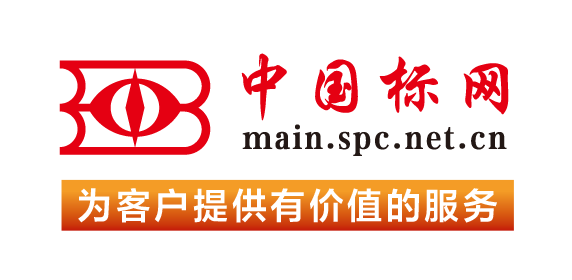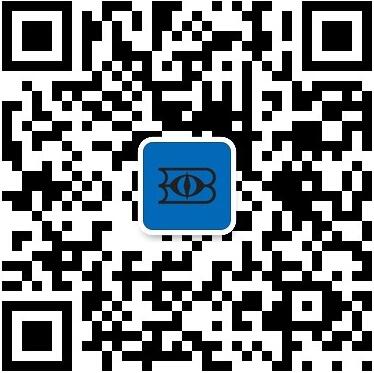【国外标准】 Standard Test Method for Tensile Properties of Fiber Reinforced Metal Matrix Composites
本网站 发布时间:
2024-02-28
开通会员免费在线看70000余条国内标准,赠送文本下载次数,单本最低仅合13.3元!还可享标准出版进度查询、定制跟踪推送、标准查新等超多特权!
查看详情>>
适用范围:
5.1 This test method is designed to produce tensile property data for material specifications, research and development, quality assurance, and structural design and analysis. Factors that influence the tensile response and should be reported include the following: material, methods of material preparation and lay-up, specimen stacking sequence, specimen preparation, specimen conditioning, environment of testing, specimen alignment and gripping, speed of testing, time at temperature, and volume percent reinforcement. Properties, in the test direction, which may be obtained from this test method include the following:5.1.1 Ultimate tensile strength,5.1.2 Ultimate tensile strain,5.1.3 Tensile modulus of elasticity, and5.1.4 Poissons ratio.1.1 This test method covers the determination of the tensile properties of metal matrix composites reinforced by continuous and discontinuous high-modulus fibers. Nontraditional metal matrix composites as stated in 1.1.6 also are covered in this test method. This test method applies to specimens loaded in a uniaxial manner tested in laboratory air at either room temperature or elevated temperatures. The types of metal matrix composites covered are:1.1.1 Unidirectional—Any fiber-reinforced composite with all fibers aligned in a single direction. Continuous or discontinuous reinforcing fibers, longitudinal and transverse properties.1.1.2 0°/90° Balanced Crossply—A laminate composed of only 0 and 90° plies. This is not necessarily symmetric, continuous, or discontinuous reinforcing fibers.1.1.3 Angleply Laminate—Any balanced laminate consisting of ± theta plies where theta is an acute angle with respect to a reference direction. Continuous reinforcing fibers without 0° reinforcing fibers (that is, (±45)ns, (±30)ns, and so forth).1.1.4 Quasi-Isotropic Laminate—A balanced and symmetric laminate for which a constitutive property of interest, at a given point, displays isotropic behavior in the plane of the laminate. Continuous reinforcing fibers with 0° reinforcing fibers (that is, (0/±45/90)s, (0/±30)s, and so forth).1.1.5 Unoriented and Random Discontinuous Fibers.1.1.6 Directionally Solidified Eutectic Composites.1.2 The technical content of this standard has been stable since 1996 without significant objection from its stakeholders. As there is limited technical support for the maintenance of this standard, changes since that date have been limited to items required to retain consistency with other ASTM D30 Committee standards. The standard therefore should not be considered to include any significant changes in approach and practice since 1996. Future maintenance of the standard will only be in response to specific requests and performed only as technical support allows.1.3 The values stated in SI units are to be regarded as the standard. The values given in parentheses are provided for information purposes only.1.4 This standard does not purport to address all of the safety concerns, if any, associated with its use. It is the responsibility of the user of this standard to establish appropriate safety, health, and environmental practices and determine the applicability of regulatory limitations prior to use.1.5 This international standard was developed in accordance with internationally recognized principles on standardization established in the Decision on Principles for the Development of International Standards, Guides and Recommendations issued by the World Trade Organization Technical Barriers to Trade (TBT) Committee.
标准号:
ASTM D3552-17
标准名称:
Standard Test Method for Tensile Properties of Fiber Reinforced Metal Matrix Composites
英文名称:
Standard Test Method for Tensile Properties of Fiber Reinforced Metal Matrix Composites标准状态:
Active-
发布日期:
-
实施日期:
出版语种:
- 推荐标准
- ASTM 51401-21 Standard Practice for Use of a Dichromate Dosimetry System
- ASTM 51956-21 Standard Practice for Use of a Thermoluminescence-Dosimetry System (TLD System) for Radiation Processing
- ASTM A1010/A1010M-24 Standard Specification for Higher-Strength Martensitic Stainless Steel Plate, Sheet, and Strip
- ASTM A1016/A1016M-24 Standard Specification for General Requirements for Ferritic Alloy Steel, Austenitic Alloy Steel, and Stainless Steel Tubes
- ASTM A105/A105M-24 Standard Specification for Carbon Steel Forgings for Piping Applications
- ASTM A1064/A1064M-24 Standard Specification for Carbon-Steel Wire and Welded Wire Reinforcement, Plain and Deformed, for Concrete
- ASTM A108-24 Standard Specification for Steel Bar, Carbon and Alloy, Cold-Finished
- ASTM A1080/A1080M-24 Standard Practice for Hot Isostatic Pressing of Steel, Stainless Steel, and Related Alloy Castings
- ASTM A1090/A1090M-19(2024) Standard Specification for Forged Rings and Hollows for Use as Base Plates in Power Transmission Structures
- ASTM A1115/A1115M-24 Standard Practice for Construction of Mechanically Stabilized Earth Walls with Inextensible Soil Reinforcement
- ASTM A1128-24 Standard Specification for Stainless Steel Shielded, Rubber Gasketed Couplings Having an Integral Restraint Feature for Joining Hubless Cast Iron Soil Pipes and Fittings Where External Restraint Is Required
- ASTM A179/A179M-24 Standard Specification for Seamless Cold-Drawn Low-Carbon Steel Heat-Exchanger and Condenser Tubes
- ASTM A234/A234M-24 Standard Specification for Piping Fittings of Wrought Carbon Steel and Alloy Steel for Moderate and High Temperature Service
- ASTM A242/A242M-24 Standard Specification for High-Strength Low-Alloy Structural Steel
- ASTM A249/A249M-24a Standard Specification for Welded Austenitic Steel Boiler, Superheater, Heat-Exchanger, and Condenser Tubes
 我的标准
我的标准 购物车
购物车 400-168-0010
400-168-0010














